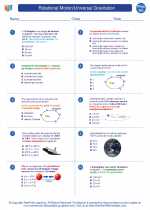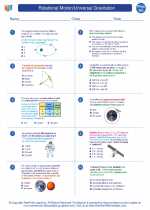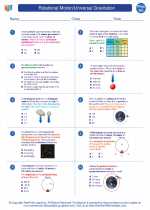Jupiter
Jupiter is the fifth planet from the Sun and the largest planet in the solar system. It is a gas giant with a mass more than two and a half times that of all the other planets in the solar system combined. Jupiter's atmosphere is primarily composed of hydrogen and helium, with traces of other elements.
Physical Characteristics
Jupiter has a diameter of about 86,881 miles (139,822 kilometers), making it the largest planet in the solar system. Its mass is approximately 1.898 × 10^27 kilograms, and it has a mean density of 1.33 grams per cubic centimeter. Jupiter has a rapid rotation, completing a day in just under 10 hours, and it takes about 12 Earth years to orbit the Sun.
Moons
Jupiter has a large number of moons, with the four largest known as the Galilean moons: Io, Europa, Ganymede, and Callisto. These moons were discovered by Galileo Galilei in 1610 and are some of the most geologically diverse bodies in the solar system.
Study Guide
- What is the position of Jupiter in the solar system?
- Describe the composition of Jupiter's atmosphere.
- What is the mass of Jupiter in comparison to the other planets in the solar system?
- How long does it take Jupiter to complete one rotation?
- Name the four largest moons of Jupiter.
Understanding the characteristics and features of Jupiter is crucial in the study of planetary science and astronomy. Take time to explore the various aspects of this fascinating gas giant, and consider its impact on our understanding of the solar system.
.◂Physics Worksheets and Study Guides High School. Rotational Motion/Universal Gravitation

 Worksheet/Answer key
Worksheet/Answer key
 Worksheet/Answer key
Worksheet/Answer key
